Why So Much Waste?
November 3, 2021

How much food and garbage is being thrown away now that more students are eating lunch?
5 days a week, two times a day, hundreds of highschoolers at Stevens Point Area Senior high are eating lunch whether it’s eating at fast food restaurants, eating school lunch, or eating cold lunch. This year, and last year, things have been a little easier for students, in terms of students having better access to food. Wisconsin schools have been giving students lunch at no charge, which means more students are eating lunch at their school.
But the problem is, student’s waste too much food, specifically food they don’t want in the first place.
The large amount of food wasted in schools is a big problem. The United States’ lunch system wastes more food than other developed countries according to Penn State University researchers.
They also did a study where they tracked how much cafeteria food was eaten and wasted when students of all ages ate lunch. They found that 50% of food that was on kids’ trays, were wasted. The foods that were least wasted were eggs and poultry. Brooke Ananiadis, one of the cafeteria workers/cooks here at SPASH, told me that in order for a lunch to be a “meal”, students are required to take either a fruit or a vegetable. But studies found that fruits and vegetables are wasted the most.
But why is food waste so bad? According to the United States Environmental Protection Agency, food waste 18% of the world’s methane that is in the atmosphere, and they state that reducing the amount of food waste being sent to landfills, can ease the impact of climate change. SPASH does not compost, and so the only option to lower the world’s methane emissions, is to throw less food away as a school.
The food and garbage wasted does not just go away on its own. Todd Zoromski, one of the SPASH custodians says it takes over 2 hours just to pick up the littered trash outside, and the outside garbage alone.
Spash does use reusable trays instead of styrofoam, and the plastic given out is mainly plastic silverware.
“I feel that we as a district do not use a lot of plastic per student” says Brooke Ananiadis.
But what about the prepackaged fruits and vegetables, or the wasted food that is made just to be thrown away?
Students in highschool, will be the ones who eventually, and inevitably face the issue of climate change, but things can change. There are solutions.
More students could bring their own lunch, purchase less prepackaged foods, and possibly, food requirements could be adjusted to where students could decide whether or not they get to choose to eat a vegetable or fruit. These things can’t be forced, so it’s up to the students at SPASH to make the change.

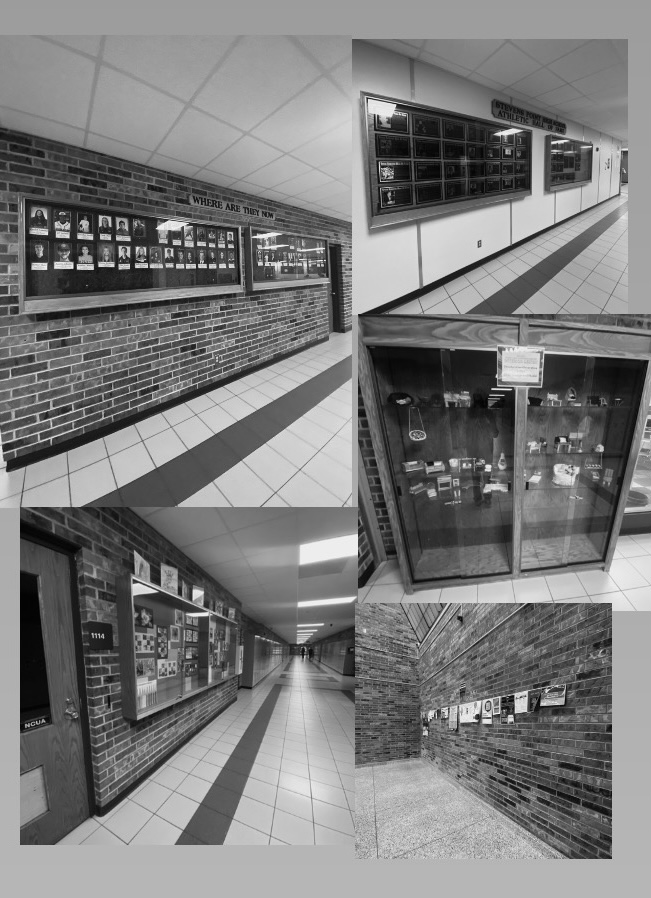
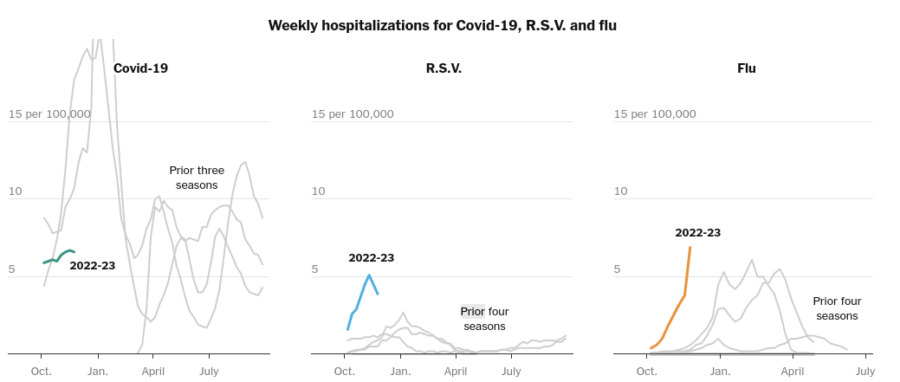
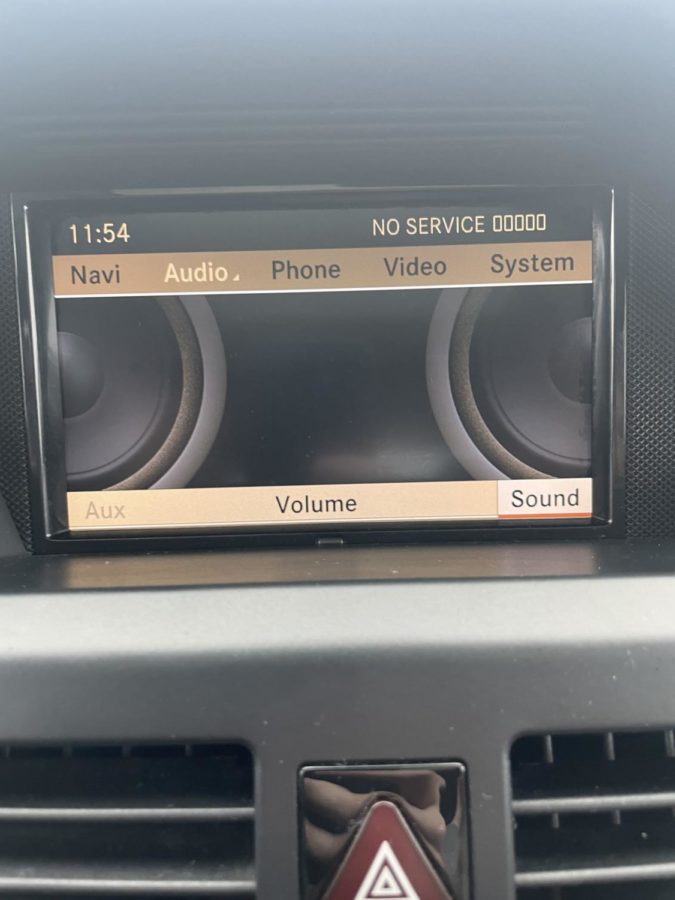
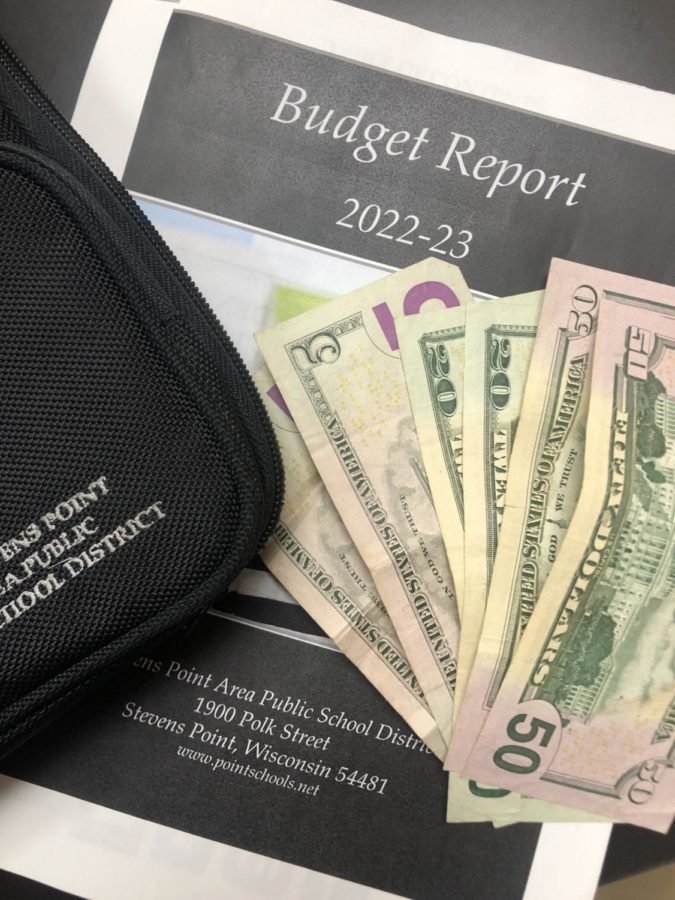
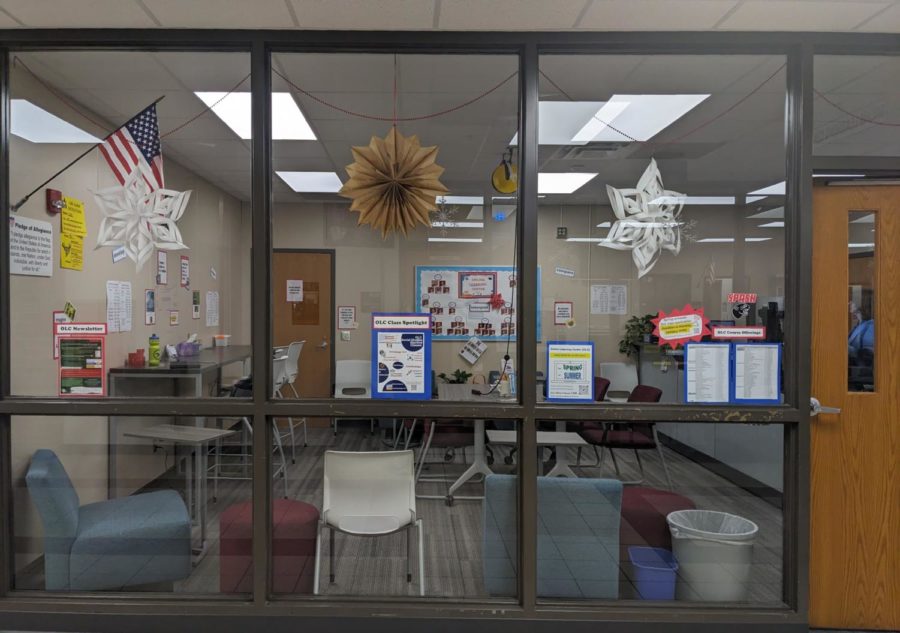
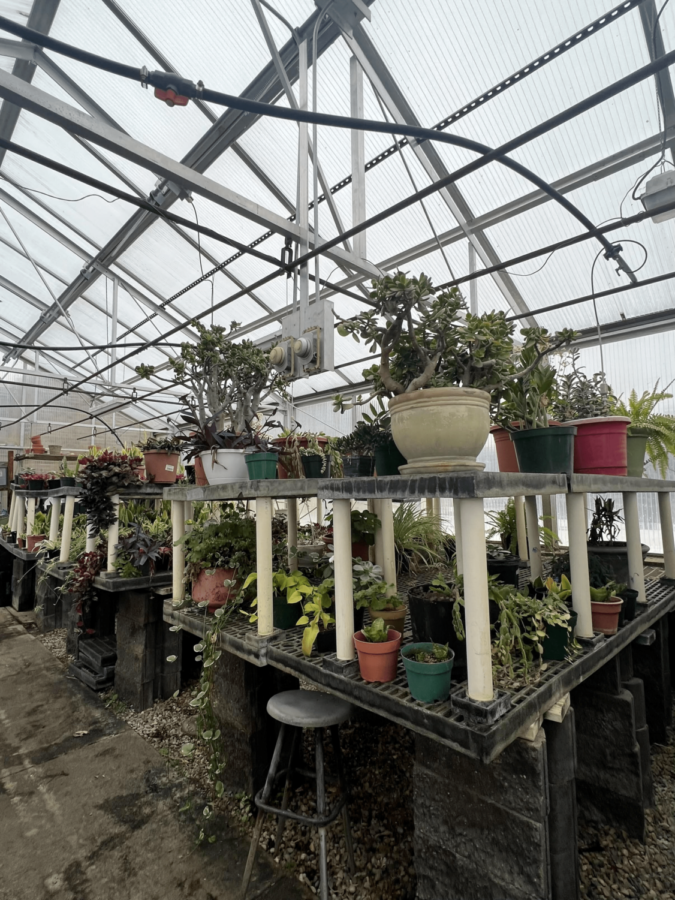


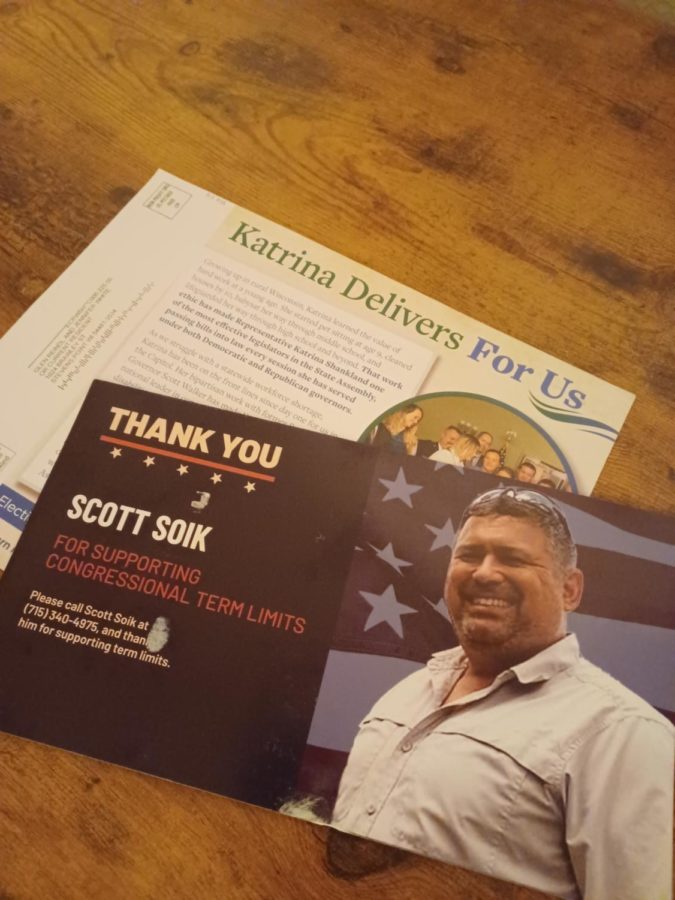
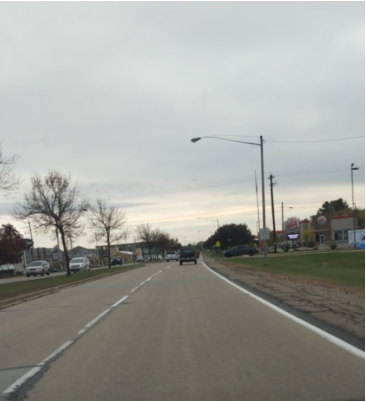
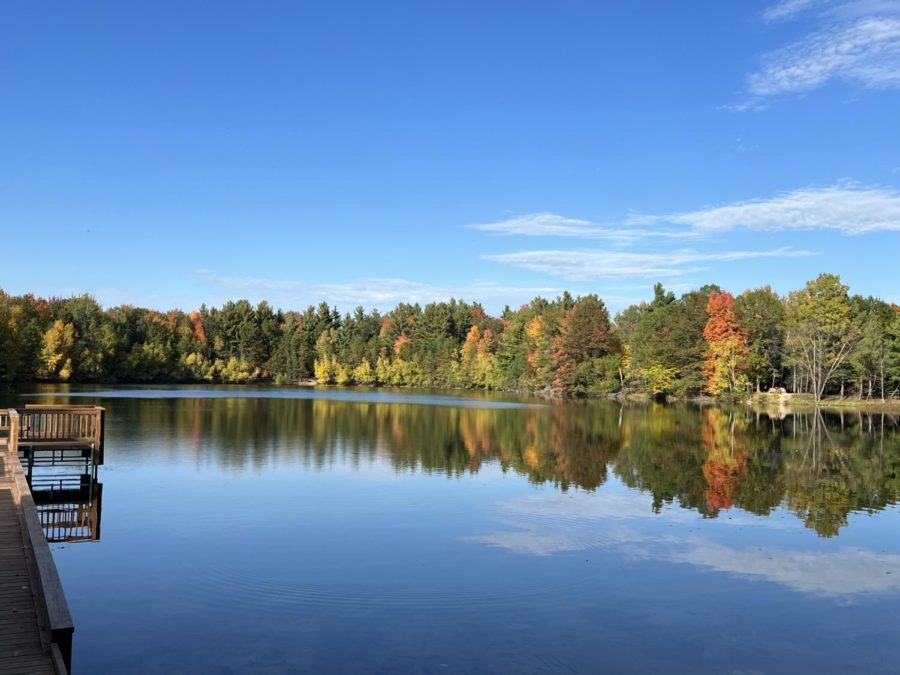

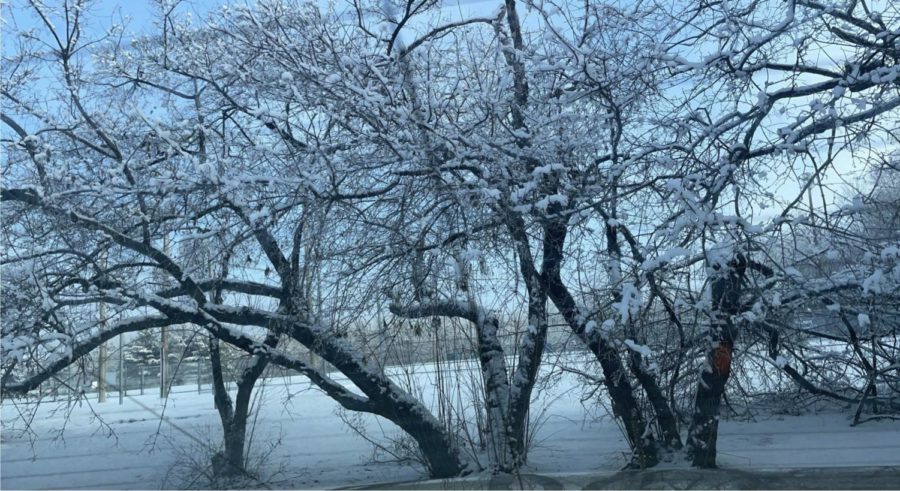
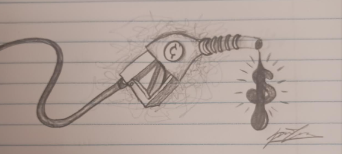
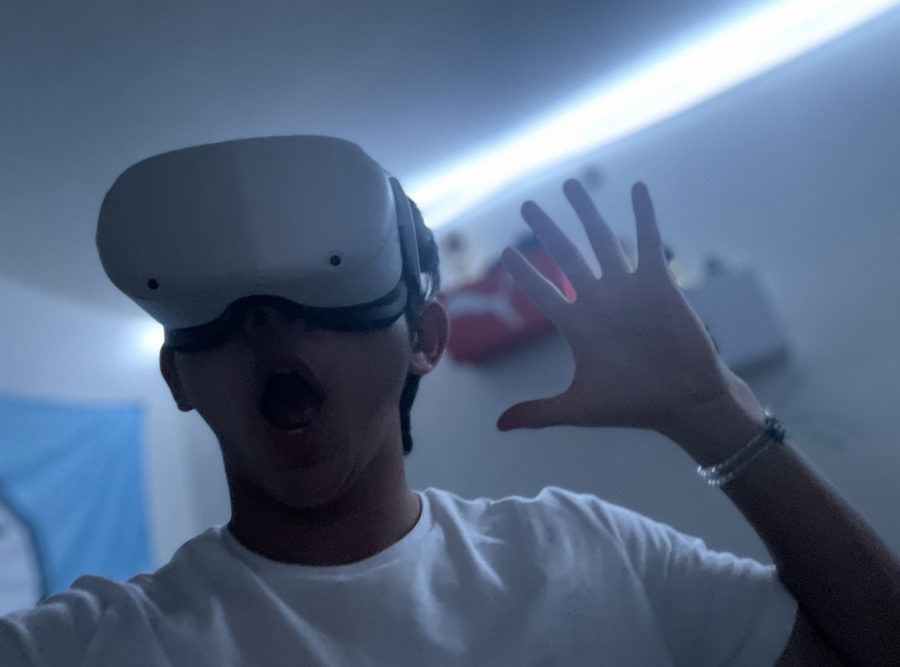

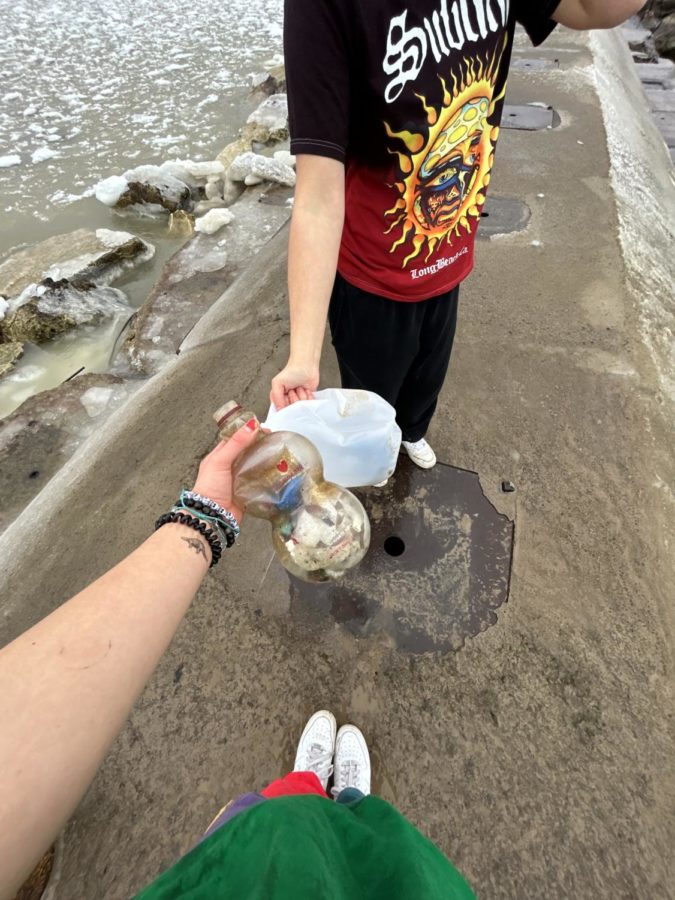


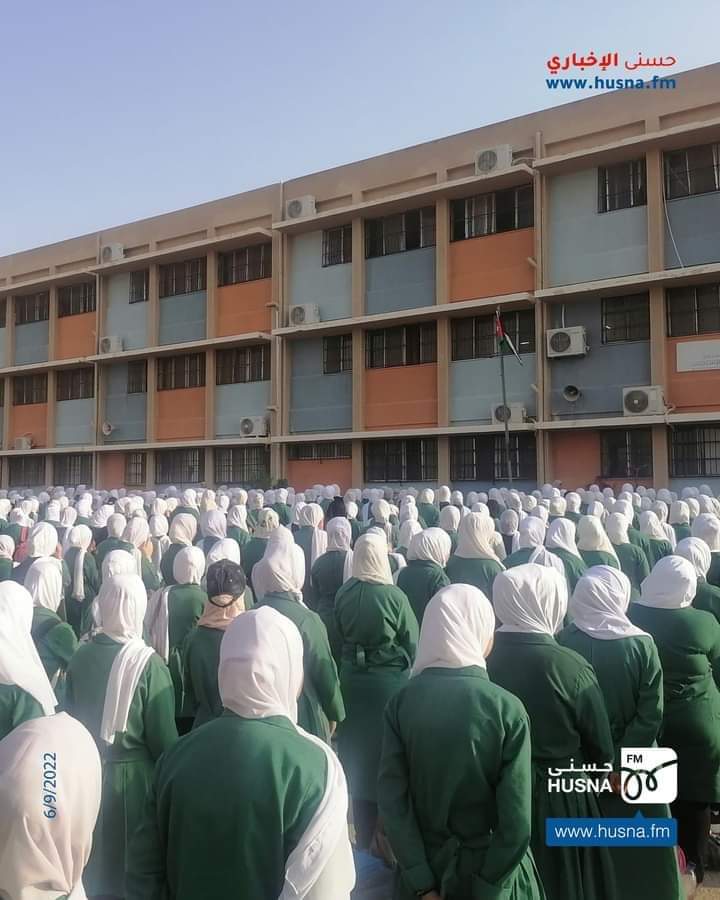

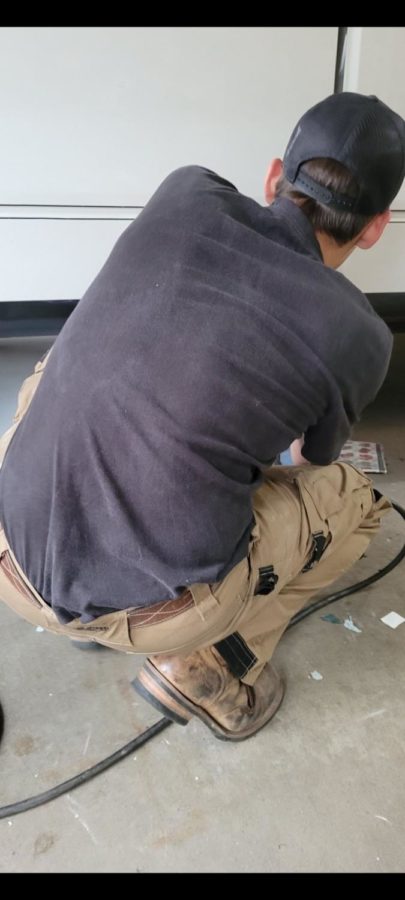
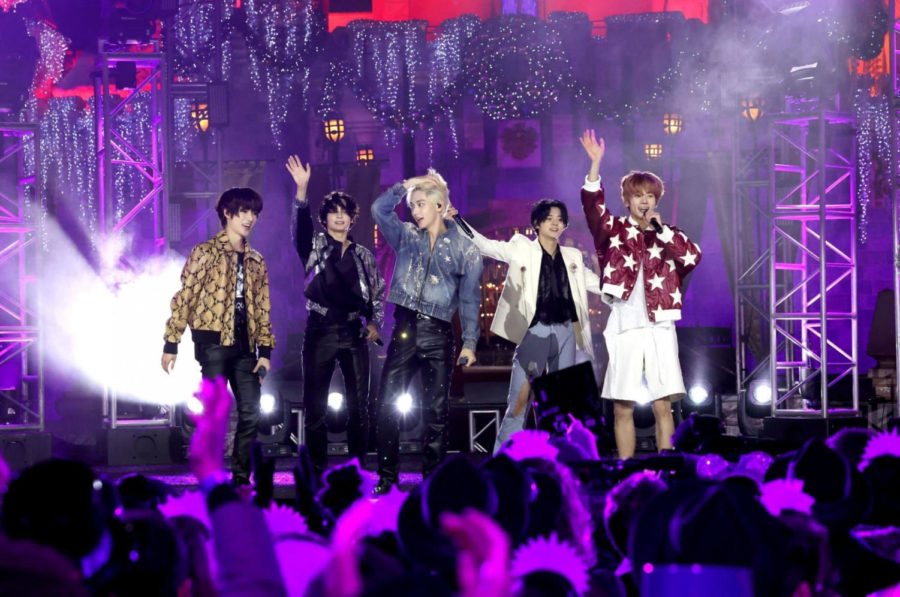
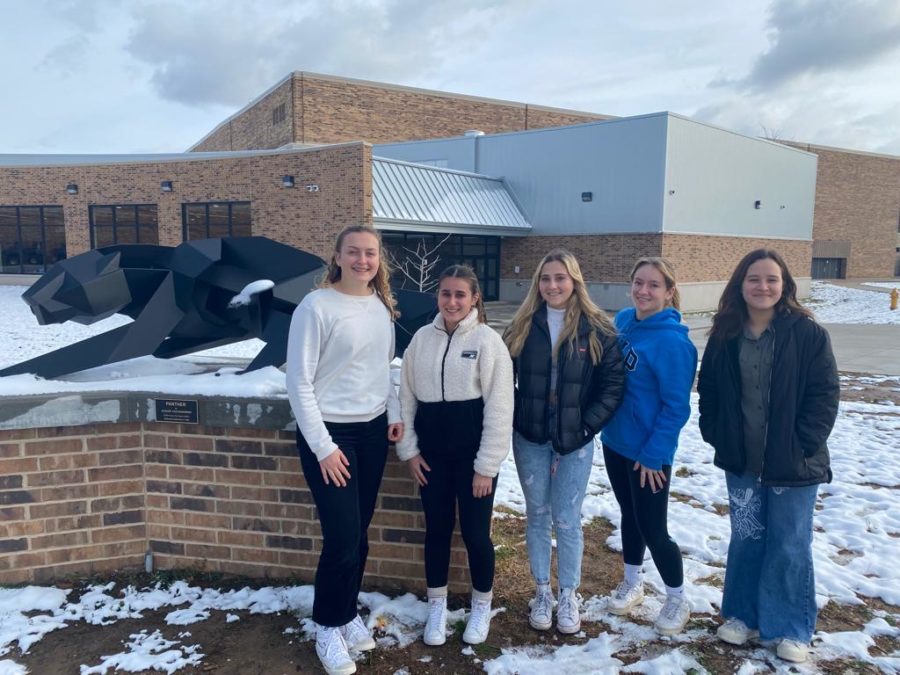
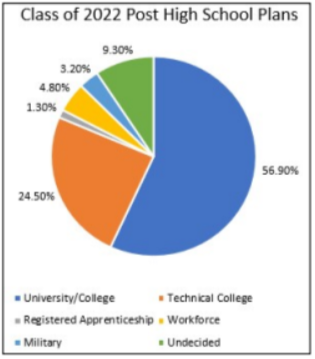
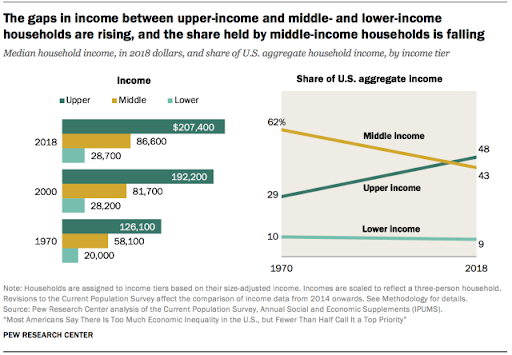
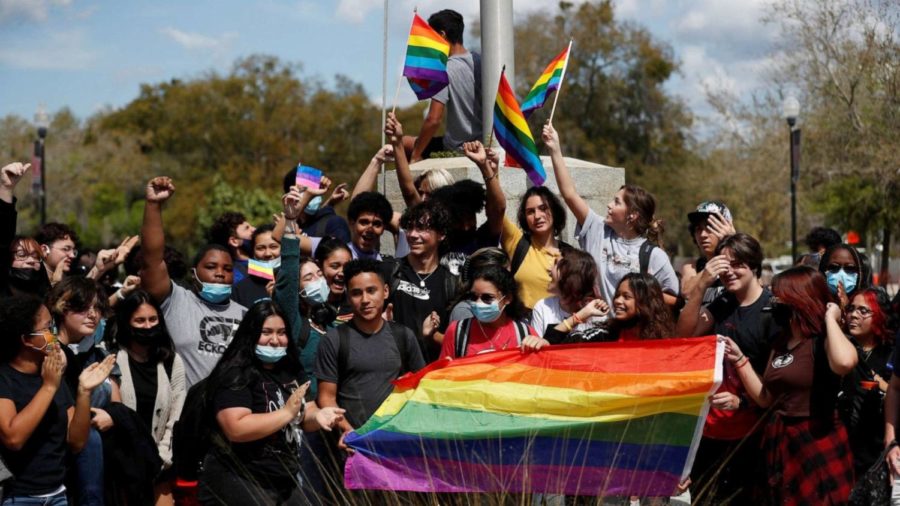
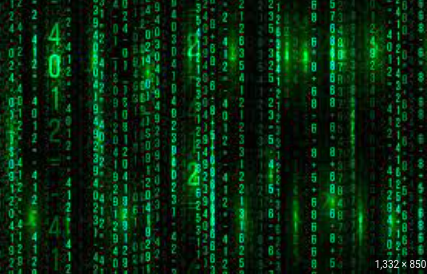
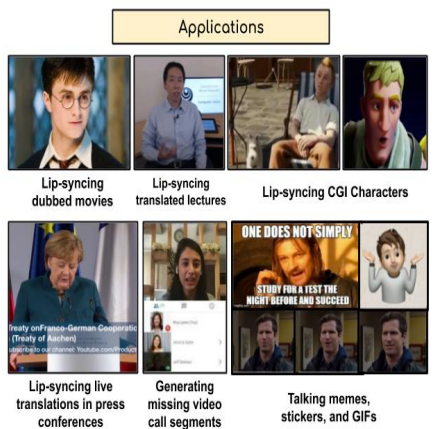
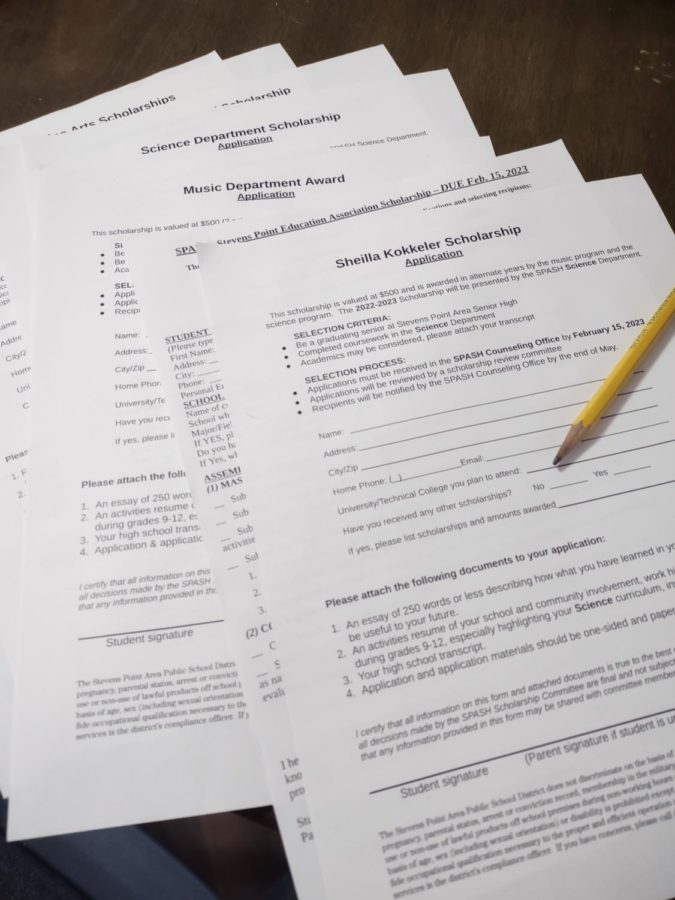
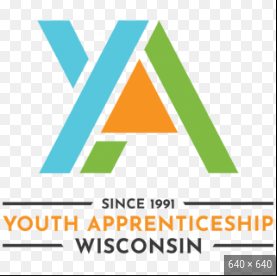
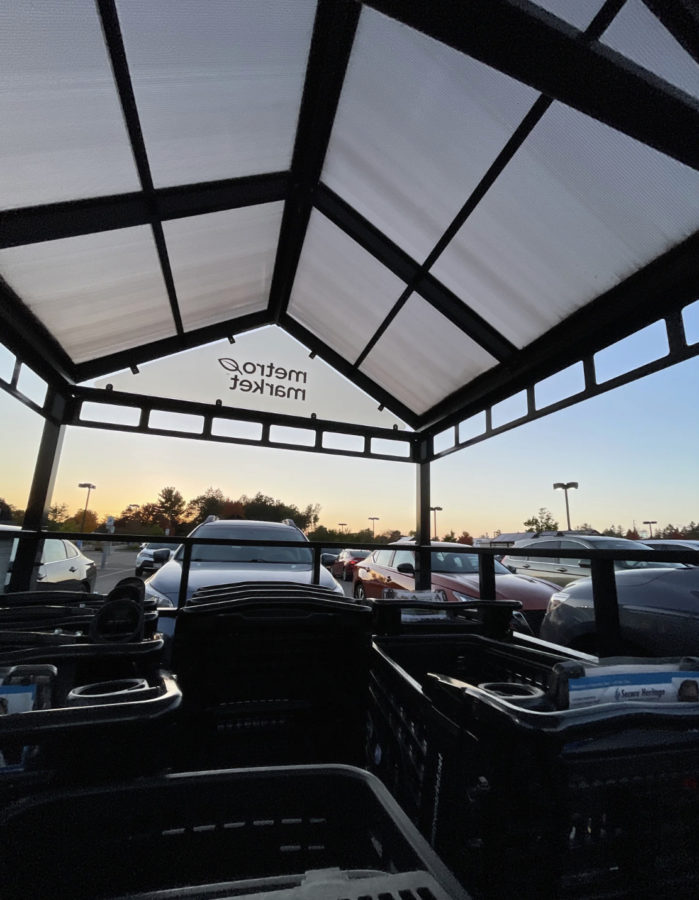
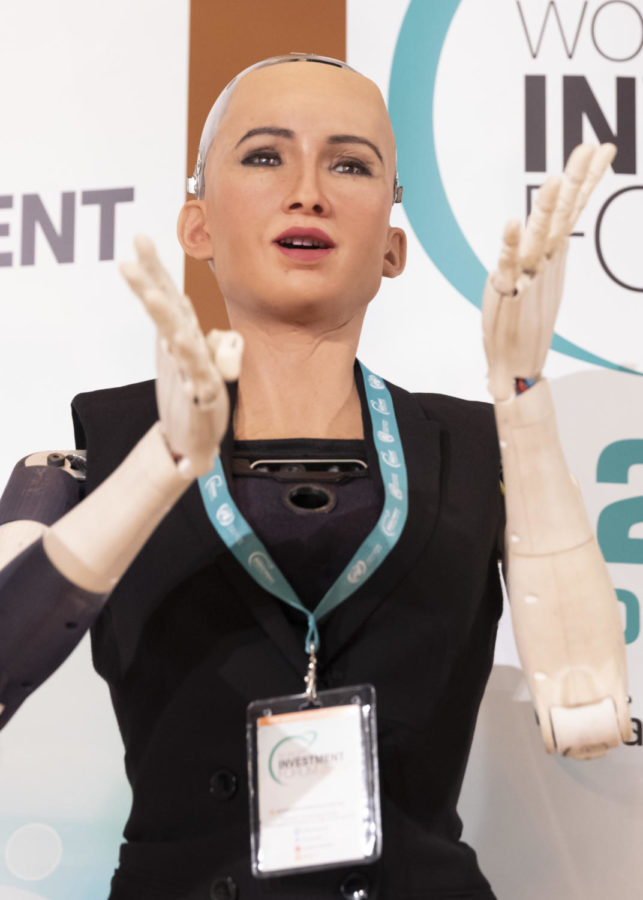
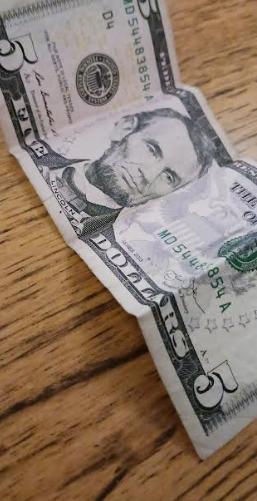
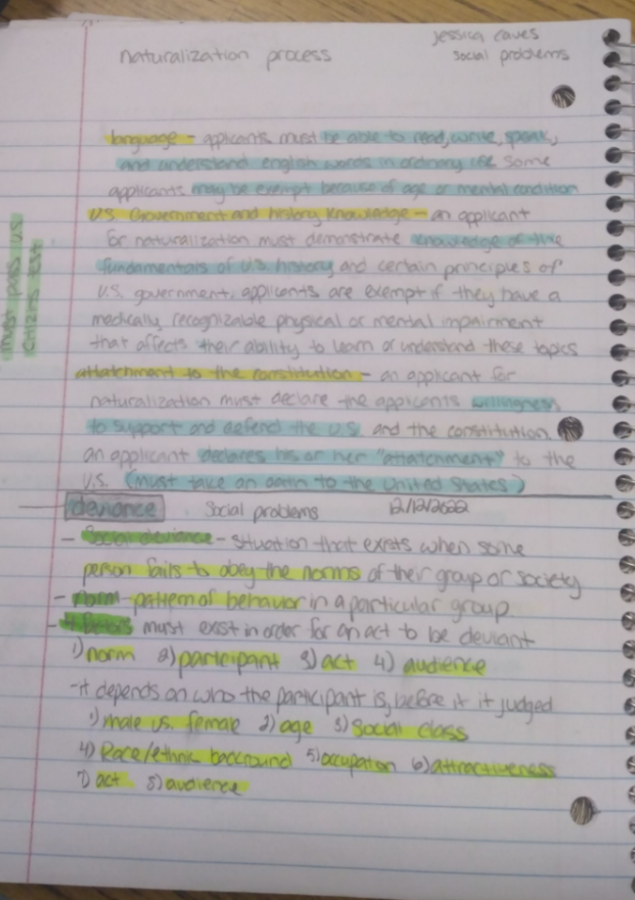
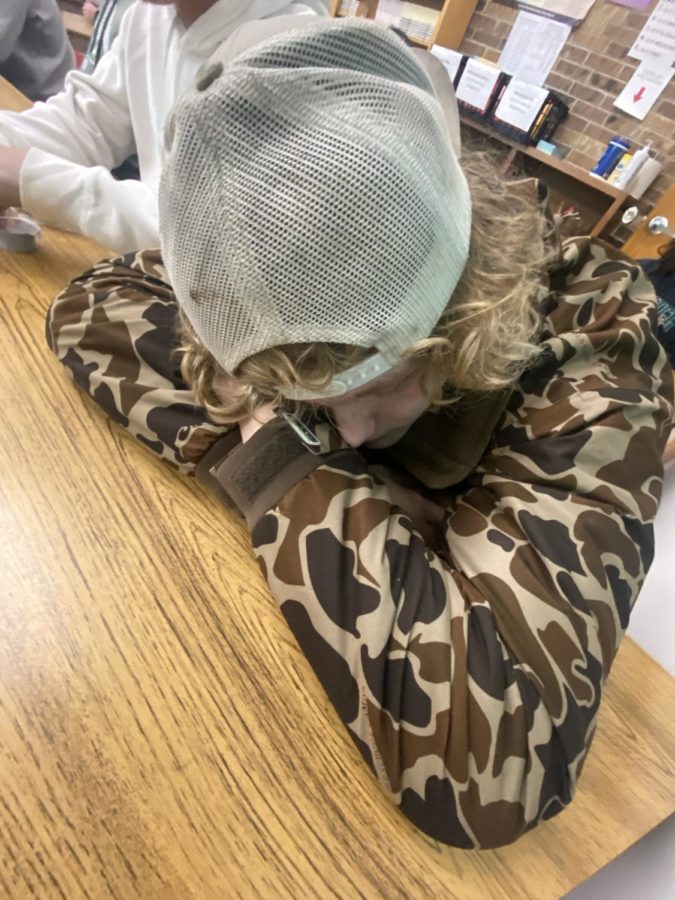
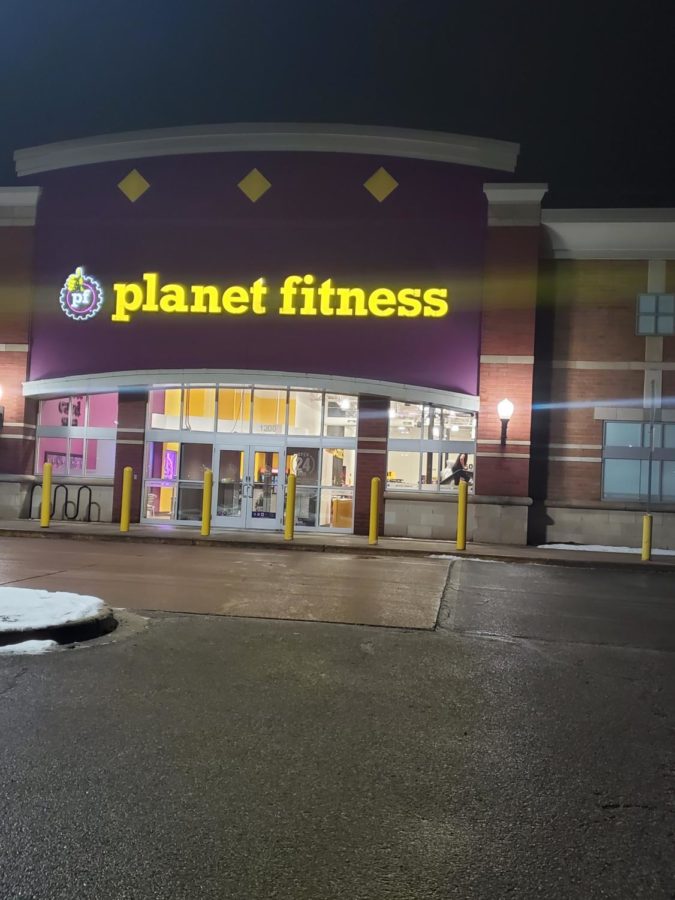
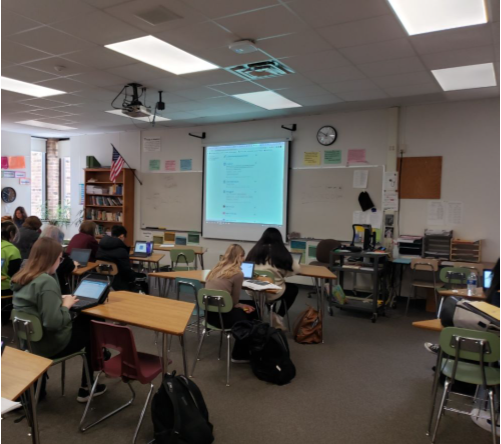
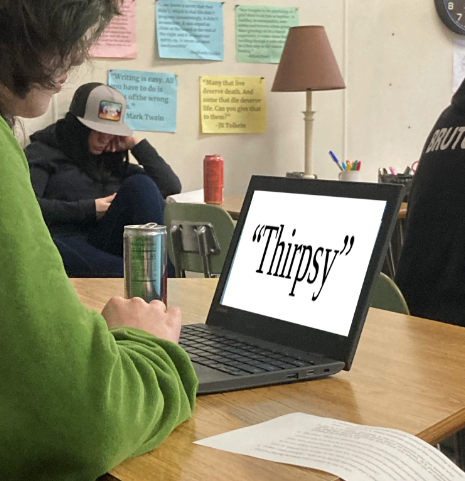


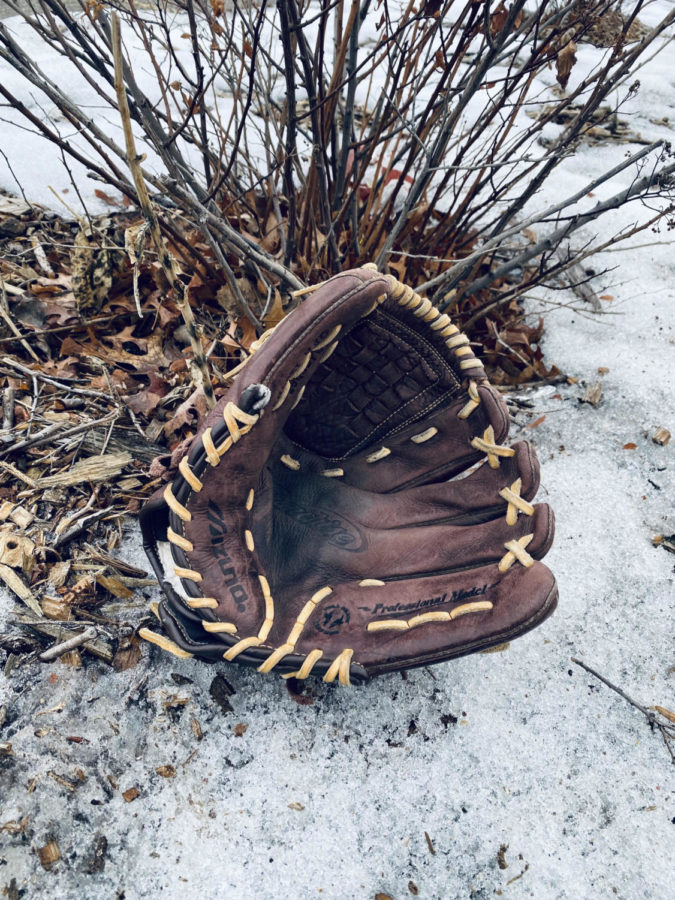

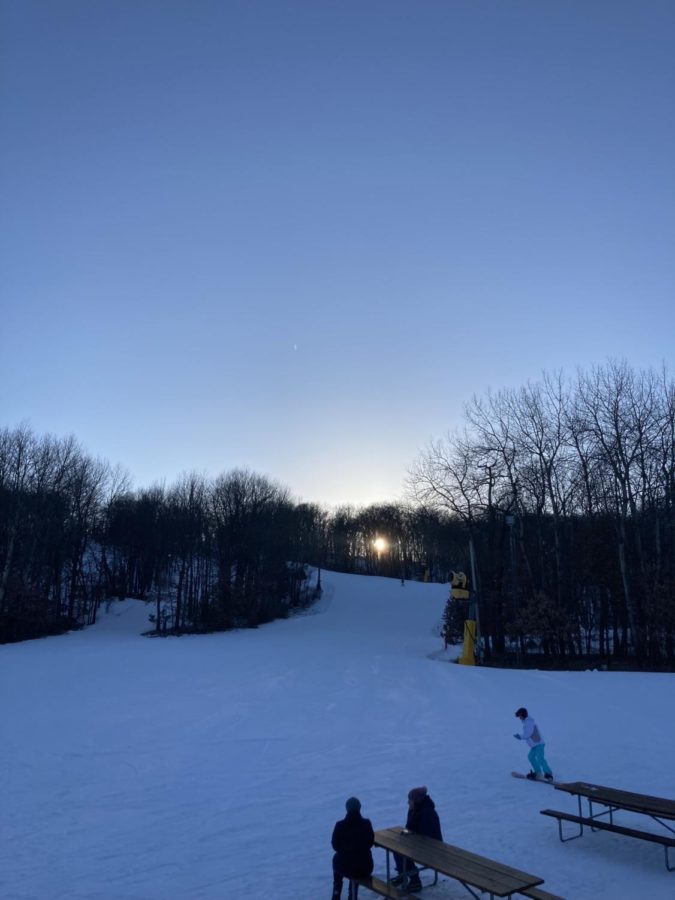
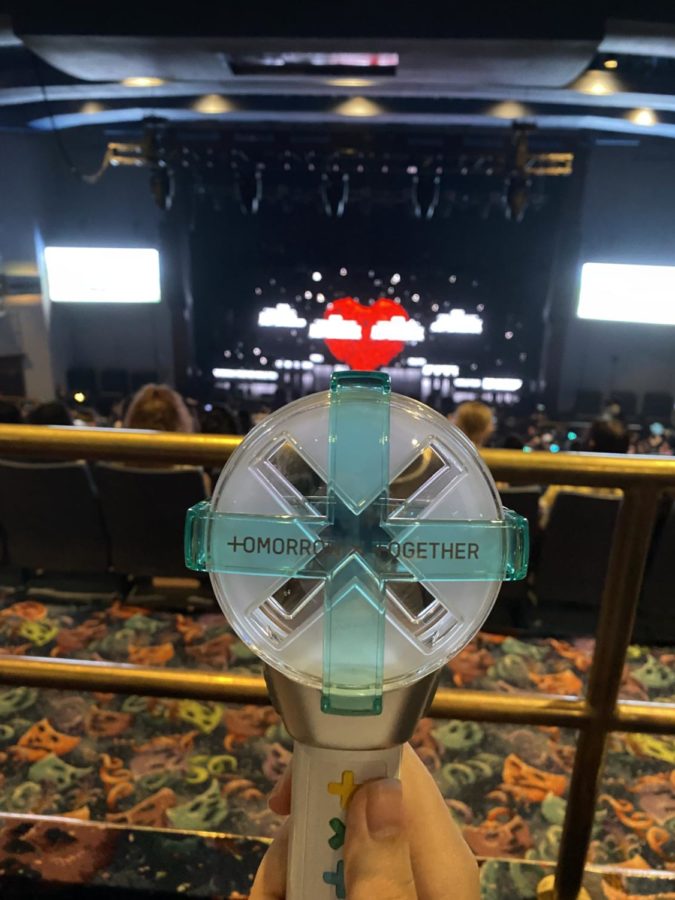
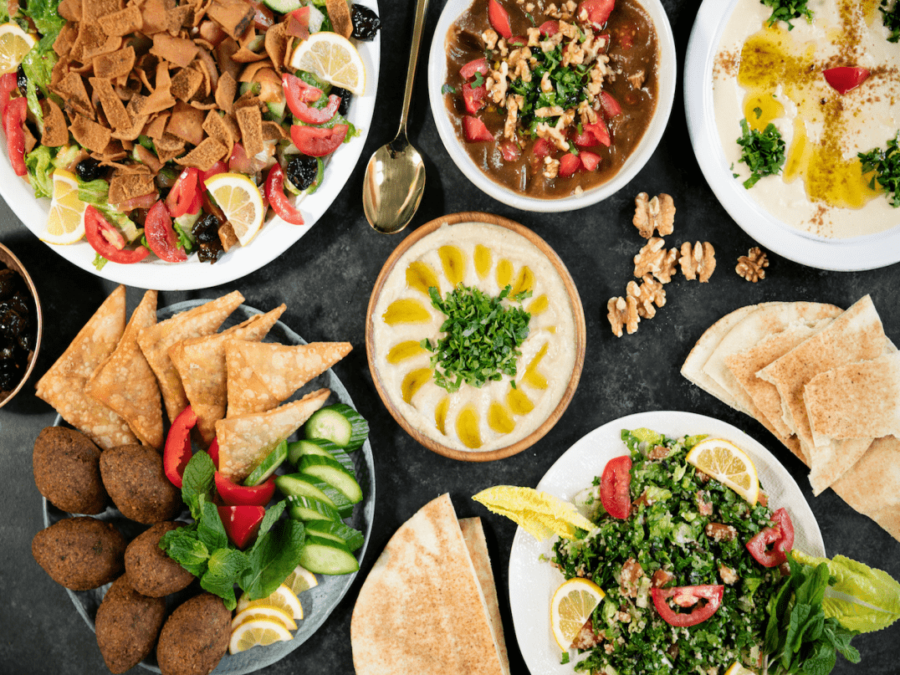
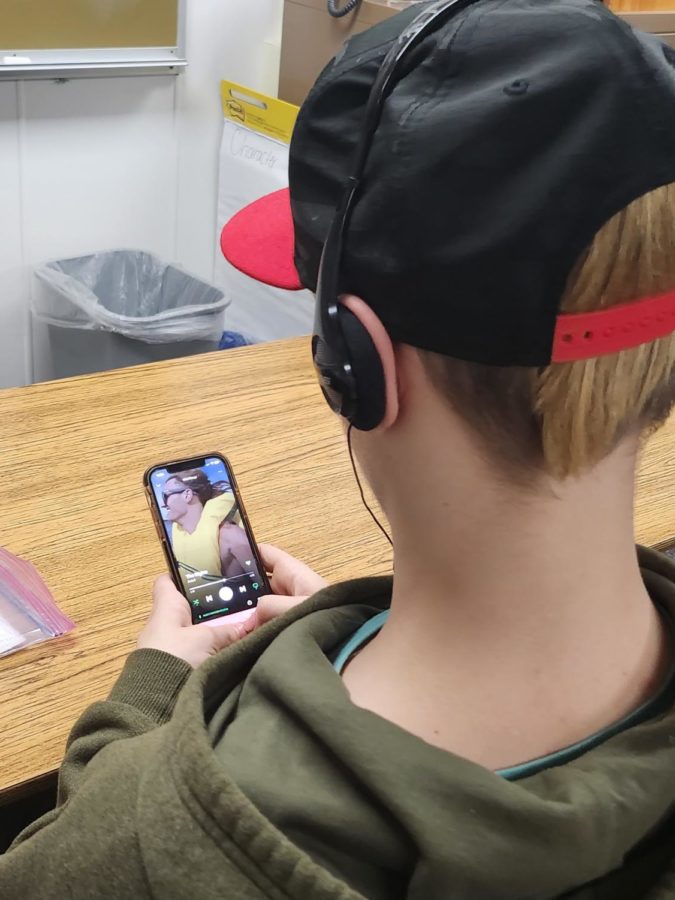
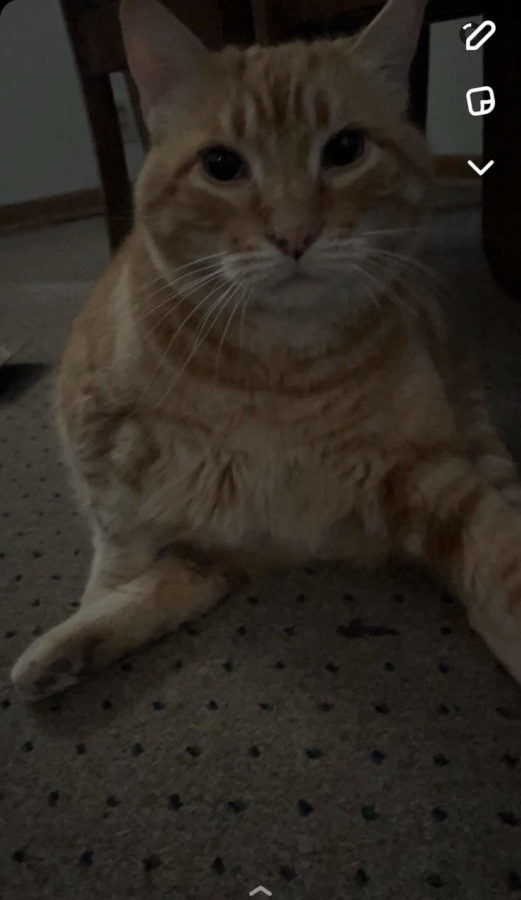
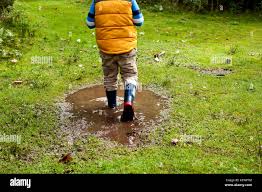


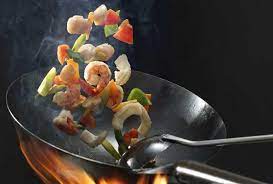

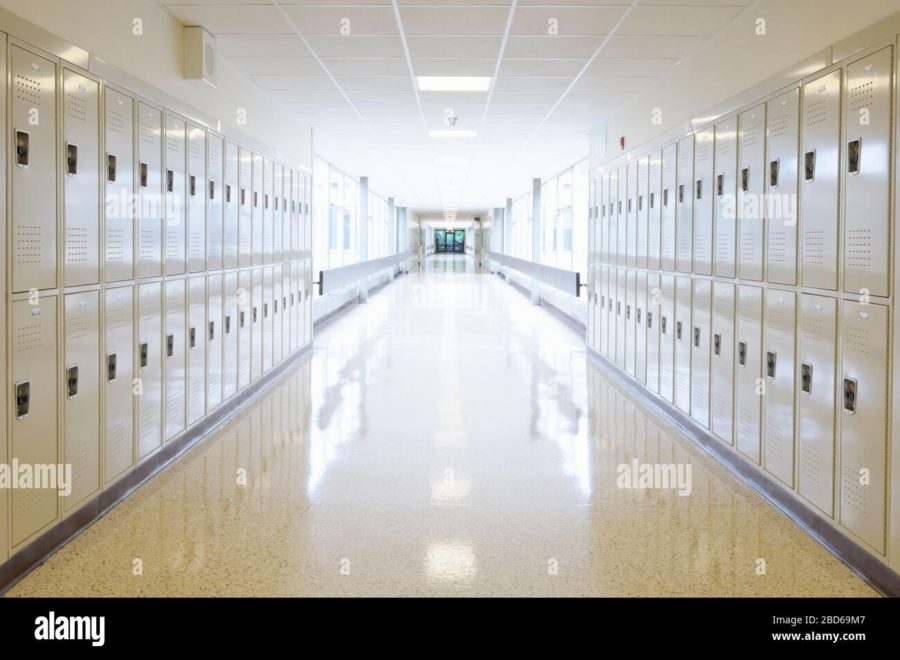

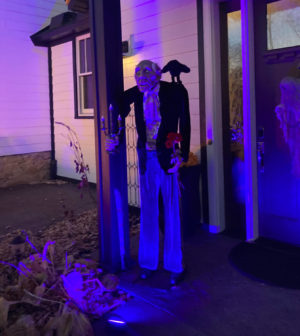
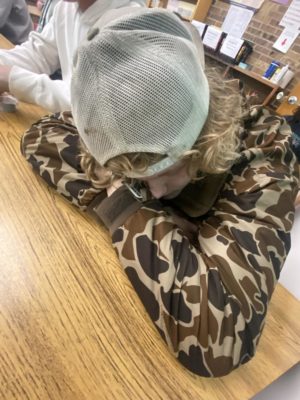
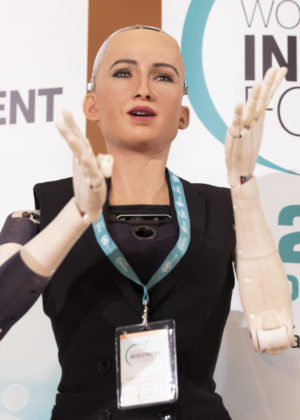
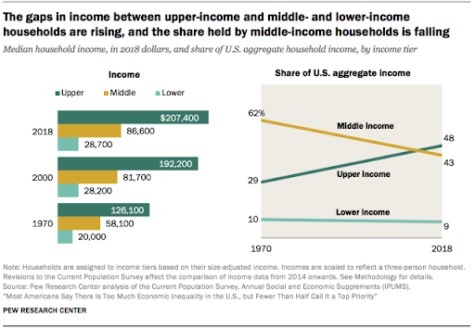
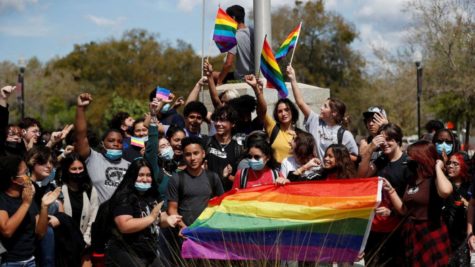
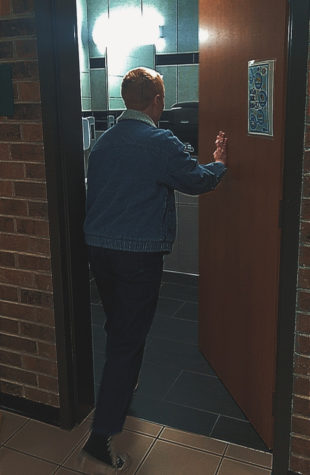
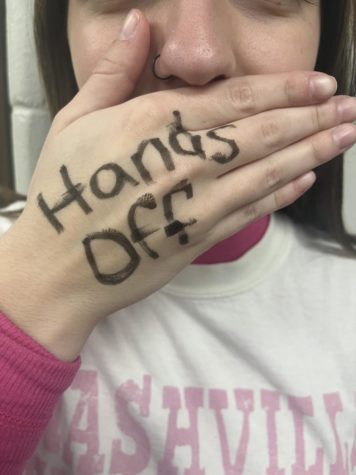
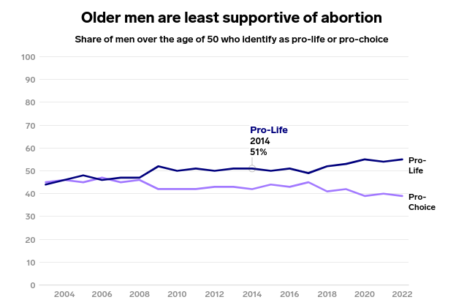
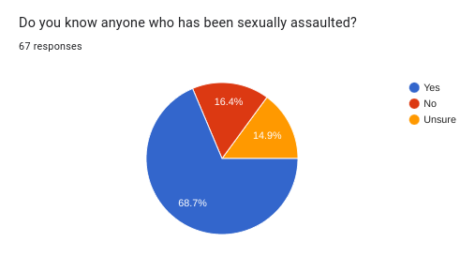
Mason • Nov 8, 2021 at 12:25 PM
I like how you not only mentioned that a lot of food goes to waste, but also that a lot of students don’t want the food in the first place.
Taslima • Nov 5, 2021 at 12:34 PM
Aileen, I really liked the layout of your article. I think that your article contains very good information and I liked that you interviewed Brooke Ananiadis the cafe worker.